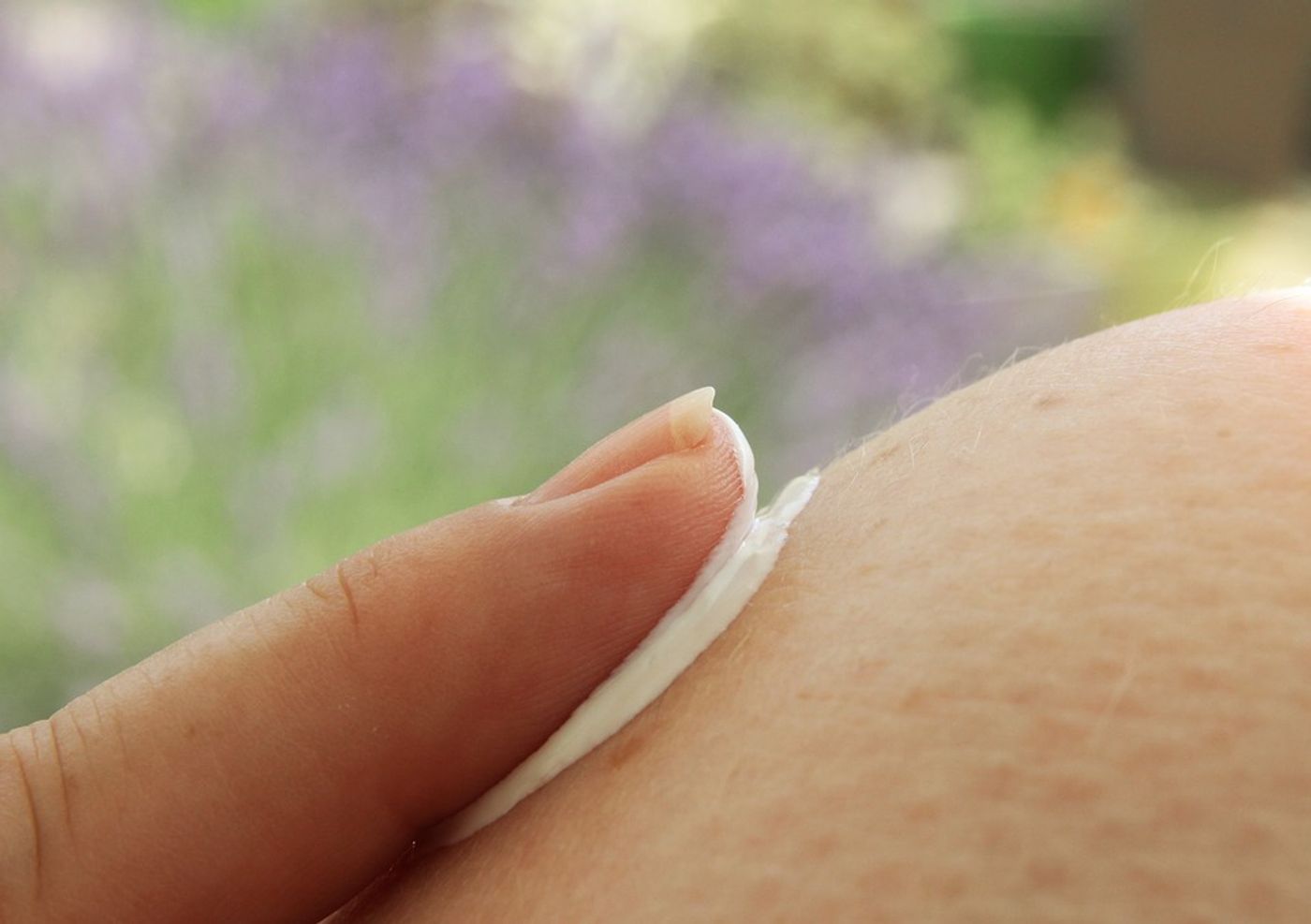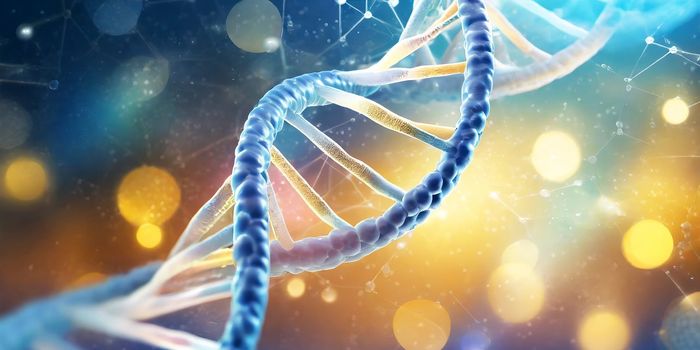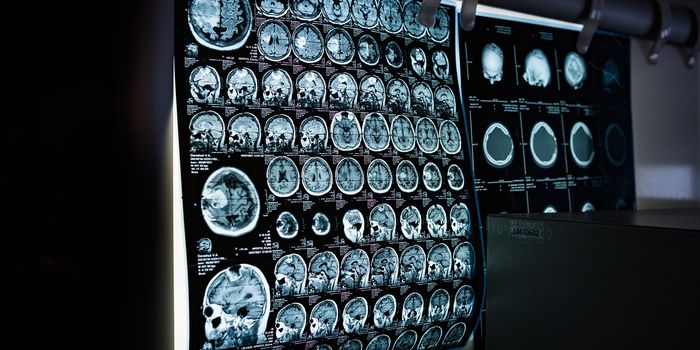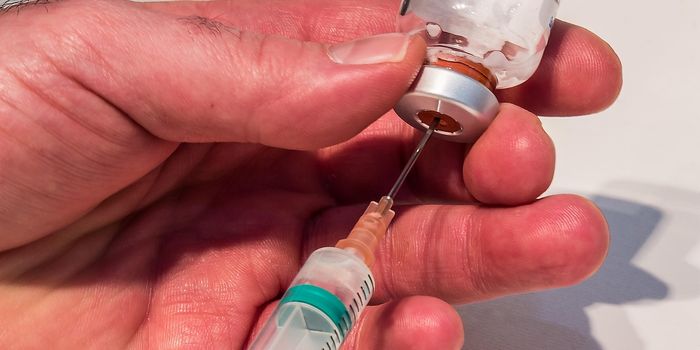These cosmetics damage breast cells' DNA
A new approach to studying the effects of two common chemicals used in cosmetics and sunscreens found they can cause DNA damage in breast cells at surprisingly low concentrations, while the same dose did not harm cells without estrogen receptors.
New research cautions the use of two specific chemicals found in cosmetics. The study, which was published recently in Environmental Health Perspectives, warns that these common chemicals cause damage to breast cells’ DNA. The research was led by breast cancer researcher D. Joseph Jerry, professor of veterinary and animal sciences at the University of Massachusetts Amherst.
The two compounds identified to cause harm are the ultraviolet filter benzophenone-3 (BP-3), also known as oxybenzone, and propylparaben (PP), an antimicrobial preservative found in cosmetics and other personal care products. Oxybenzone is a compound commonly found in sunscreens.
The novelty of Jerry’s research is its focus on cells with estrogen receptors, like breast cells. Jerry says that estrogen receptors seem to react differently to some compounds and federal agencies like the Food and Drug Administration (FDA) “typically screen for the toxicity of these chemicals in cell lines that don't have estrogen receptors,” according to Science Daily.
Jerry analyzed the effects of these compounds in lab-grown cells as well as in mice mammary glands. He says his findings are significant but that more research will be needed to issue and consumer recommendations regarding product use. "Benzophenone-3 is a sunscreen that works. If you use it, you can prevent skin cancer. Am I arguing you shouldn't use sunscreen? I am not. But there may be a subset of people for whom it may present a significant hazard," says Jerry, referring to women with a high risk of breast cancer.
This is particularly because the research shows that only very low concentrations of exposure to these chemicals are necessary to result in damage to the estrogen receptor cells. Nevertheless, Jerry hastens to say that the chemicals are non-toxic to other cells that are not estrogen receptors.
The researcher hopes that the study’s findings will lead to a better understanding of the genetic implications of the chemicals we expose our bodies to. This is turn might encourage people to make different, healthier choices, or choose organic products when purchasing cosmetics or making decisions regarding cosmetic therapy or procedures.
"The new research offers more sensitive tools to screen for the potentially deleterious effects of environmental chemicals, which would be overlooked by methods currently used," explains Jerry, who is also the science director of the Pioneer Valley Life Sciences Institute and co-director of the Rays of Hope Center for Breast Cancer Research in a partnership between UMass Amherst and Baystate Medical Center.









